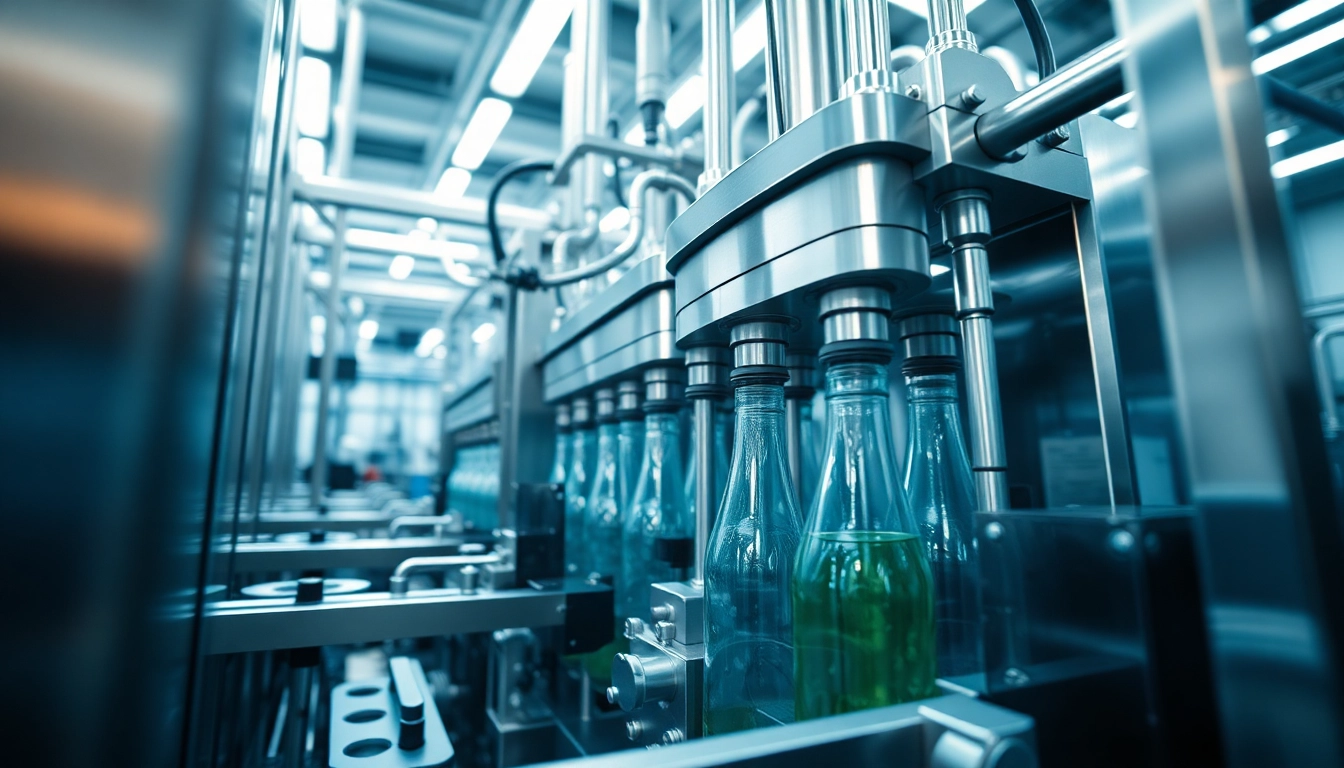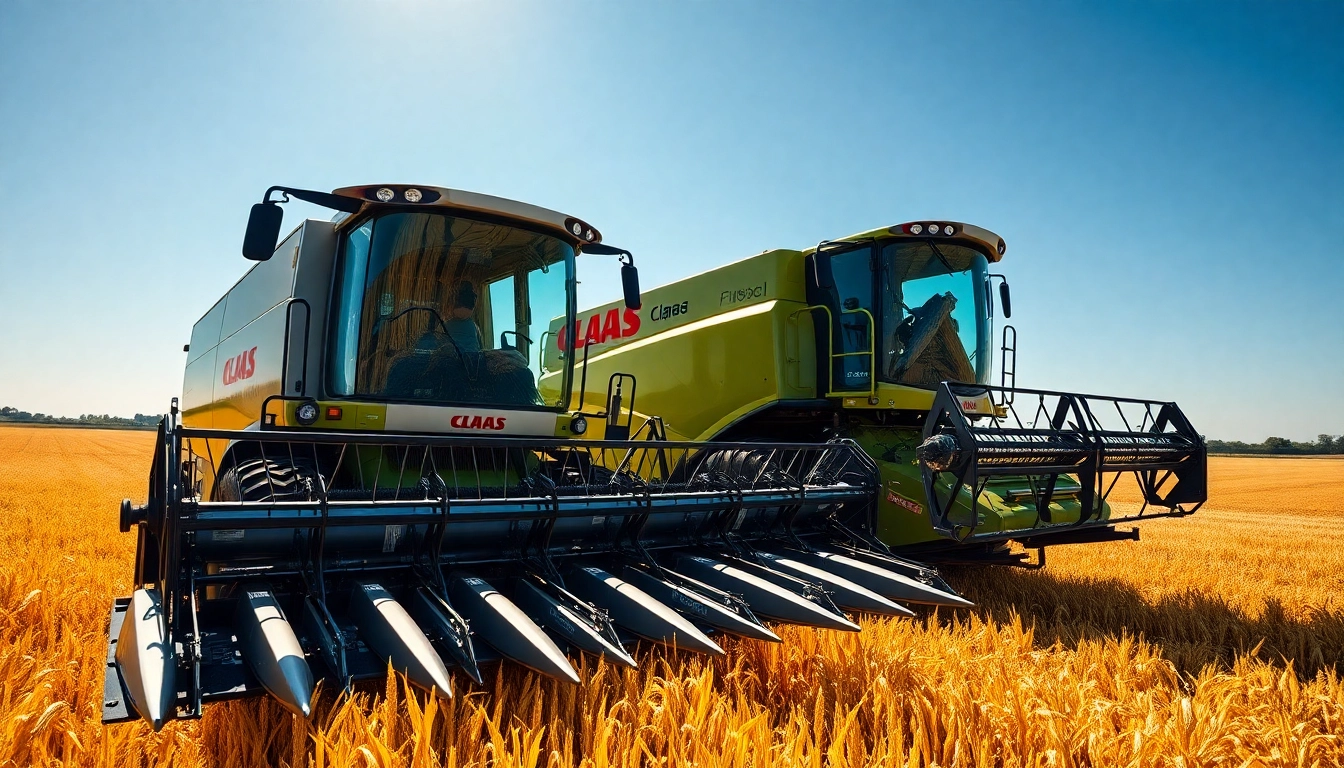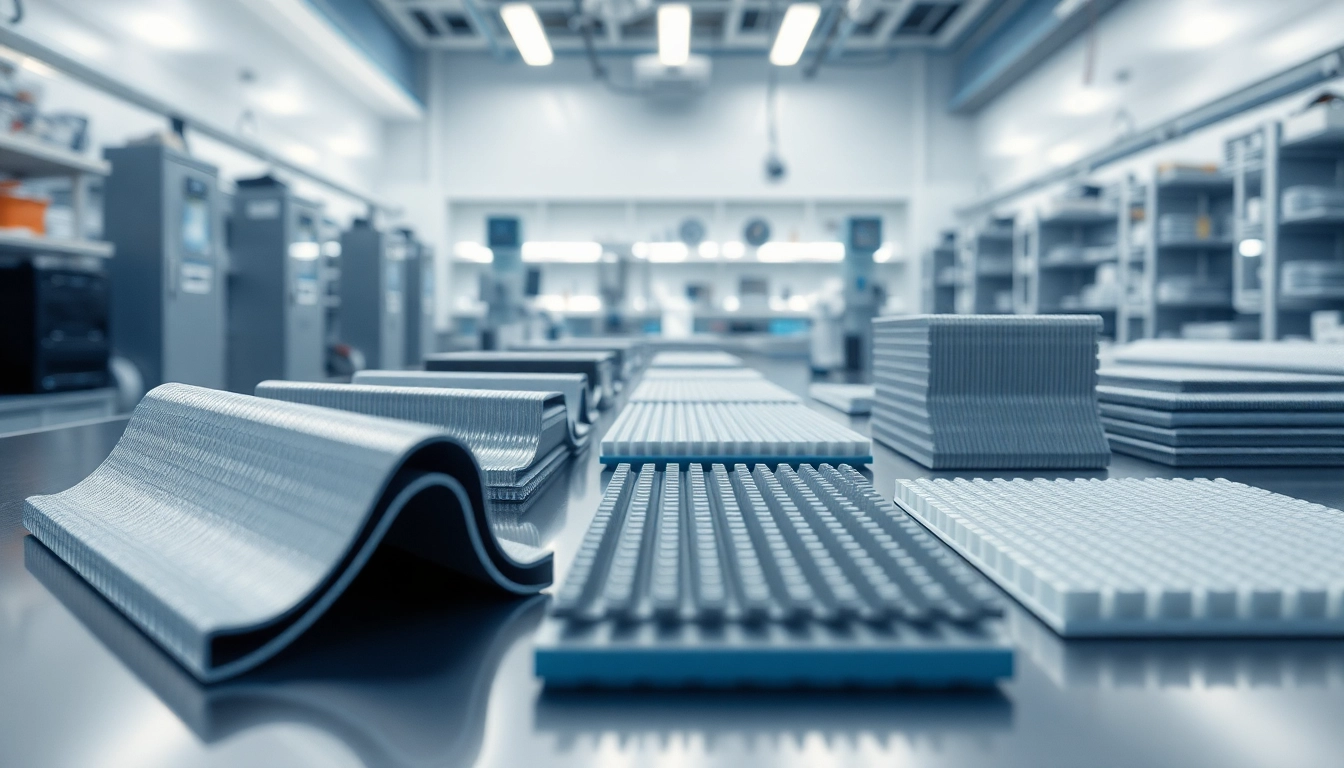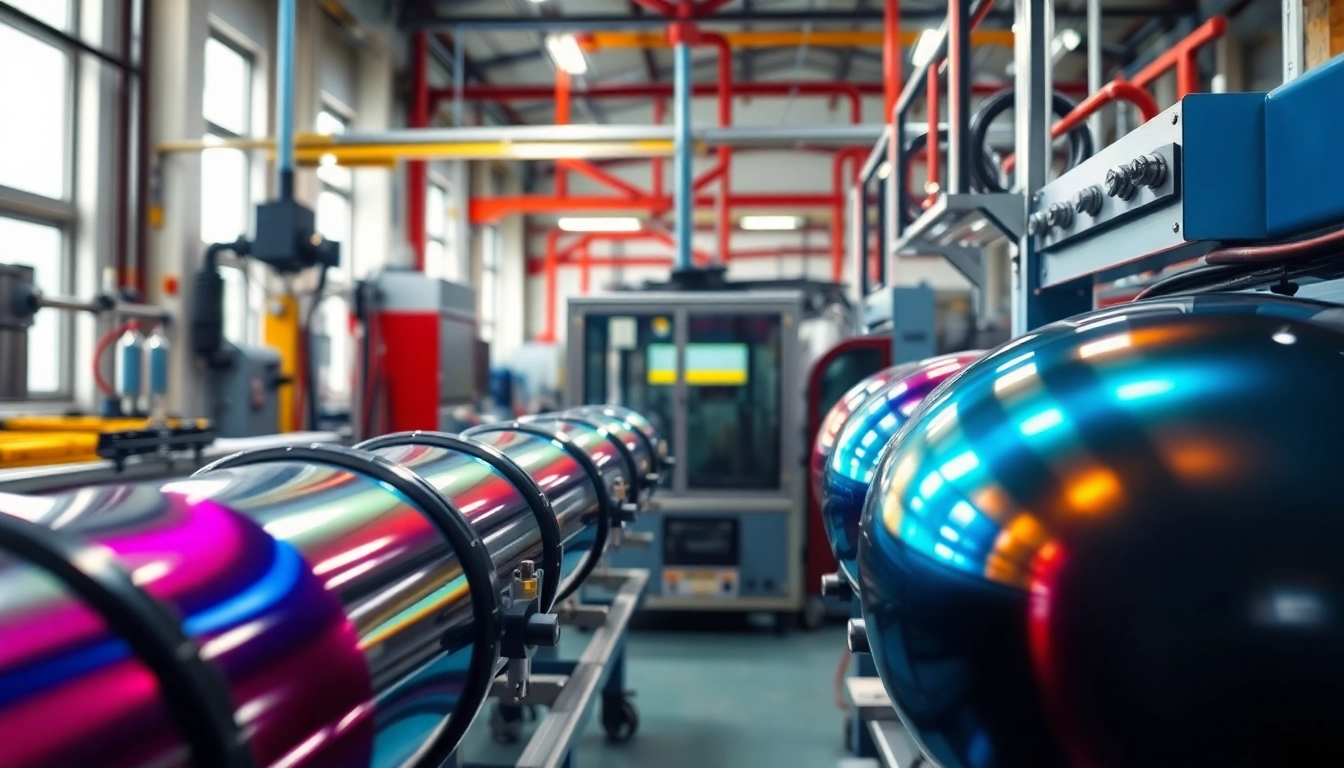Understanding Filling Machines
What is a Filling Machine?
A filling machine is a crucial component in the packaging industry, designed to fill containers with liquids, pastes, or powders. These machines are essential for maintaining product consistency, ensuring precise quantities, and enhancing production efficiency. They come in various sizes and functionalities, depending on the product being filled and the nature of the packaging process. For any business looking for a reliable Filling Machine Supplier, understanding the nuances of filling machines is vital for selecting the right equipment.
Types of Filling Machines
Filling machines can be categorized into several types, each tailored to specific applications and industries. Here are some of the primary types:
- Piston Fillers: Ideal for viscous products like sauces and creams, piston fillers utilize a piston to draw and dispense the product.
- Gravity Fillers: These machines operate based on gravity, allowing liquid products to flow into containers through a valve. They are best suited for thin liquids.
- Vacuum Fillers: Used for filling containers with fragile items, like delicate powders. The vacuum pulls the product into the bottle, minimizing damage.
- Pump Fillers: Utilizing a pump to push the product into containers, these are versatile and can handle both thin and thick liquids.
- Overflow Fillers: Perfect for ensuring that containers are filled to the same level, ideal for products that require clean and accurate filling.
Applications and Industries
Filling machines are utilized across diverse sectors, each with unique requirements. Key industries include:
- Food and Beverage: These machines ensure accurate filling of liquids, sauces, and other food products, adhering to strict hygiene and safety standards.
- Pharmaceutical: In this sector, precision and compliance with regulatory standards are paramount, making filling machines vital for medicines and health supplements.
- Cosmetics: Filling machines help in packaging liquids, creams, and lotions, ensuring a pollution-free environment during the process.
- Chemicals: For hazardous materials, filling machines require added safety features to protect workers and the environment.
Choosing the Right Filling Machine Supplier
Key Qualities to Look For
Selecting a filling machine supplier involves more than just choosing a brand name. Here are some critical qualities to consider:
- Experience and Expertise: Look for suppliers with a proven track record and deep knowledge of the filling machine industry.
- Range of Products: A supplier offering various filling machines can help address different needs across your production line.
- Customization Options: Your ideal supplier should provide options for customizing machines based on specific requirements, ensuring compatibility with your products.
- Reliability: Consider suppliers known for their durable and reliable machines, as downtime can lead to substantial losses.
- After-Sales Support: Excellent customer support is crucial for maintaining machinery and addressing issues promptly.
Comparative Analysis of Suppliers
When evaluating filling machine suppliers, conducting a comparative analysis can be beneficial. Consider factors like:
- Pricing: Look at the overall cost of ownership, including purchase price, maintenance, and operating expenses.
- Technology: Review the technology each supplier offers, such as automation and integration with other systems.
- Customer Reviews: Research customer feedback and case studies to gauge satisfaction and performance reliability.
Evaluating Customer Support
Customer service can make or break your relationship with a filling machine supplier. Factors to assess include:
- Response Time: A good supplier should respond quickly to inquiries and support requests.
- Technical Support: Availability of knowledgeable technicians for trouble-shooting issues is critical.
- Training Programs: Some suppliers offer training on how to operate and maintain the machines, ensuring that your team can efficiently utilize the equipment.
The Technology Behind Filling Machines
Latest Innovations in Filling Technology
Filling machines have evolved significantly, thanks to technological advancements. Some of the latest innovations include:
- Smart Technology: Many modern filling machines incorporate IoT (Internet of Things) technology, allowing for real-time monitoring and data collection.
- Automated Controls: Automated systems reduce human error and enhance efficiency, allowing businesses to fill containers more accurately and quickly.
- Modular Design: New machines may have modular components that can be easily replaced or upgraded without needing a complete overhaul.
Automation in Filling Machines
Automation streamlines the filling process, increasing efficiency while reducing labor costs. Examples of automated systems include:
- Robotic Arm Fillers: These systems can fill multiple products simultaneously with precision.
- Gravity-Fed Systems: Used in conjunction with sensors, these can automatically adjust the filling rate based on container type and size.
Compliance and Safety Standards
Ensuring compliance with industry safety standards is paramount. All filling machines should adhere to:
- Food Safety Regulations: For machines used in food and beverage sectors, compliance with the FDA and other similar organizations is essential.
- ISO Standards: Such standards ensure that the equipment meets international quality management benchmarks.
- Safety Features: Machines should be equipped with emergency shut-off mechanisms and other safety features to protect operator safety.
How to Optimize Filling Machine Performance
Maintenance Best Practices
Regular maintenance is crucial for optimizing machine performance. Consider the following best practices:
- Regular Inspections: Schedule routine inspections to identify potential issues before they become significant problems.
- Cleaning Procedures: Ensure machines are cleaned according to guidelines to prevent contamination, especially in food and pharmaceutical applications.
- Parts Replacement: Timely replacement of worn-out parts can prevent operational hiccups and extend machine life.
Training Operators for Efficiency
Well-trained operators can significantly enhance a filling machine’s performance. Consider implementing:
- Comprehensive Training Programs: Provide detailed training about machine operation, troubleshooting, and maintenance best practices.
- Continuous Educational Sessions: Regular workshops and refreshers can help keep the staff updated on new technologies and practices.
Utilizing Data for Performance Improvement
Data analytics is crucial for optimizing machine performance over time. Monitoring Key Performance Indicators (KPIs) such as:
- Filling Accuracy: Assess the precision of the filling process and work to minimize discrepancies.
- Downtime: Track machine down time to identify common issues that lead to production stoppages.
- Production Rate: Monitor how many units are filled in a given timeframe to ensure optimal performance levels.
Case Studies: Successful Filling Machine Implementations
Industry-Specific Examples
Successful implementation of filling machines can be seen in various case studies, including:
- Food Industry: A major sauce manufacturer enhanced productivity by 30% by upgrading to a high-speed piston filler that increased accuracy and reduced spillage.
- Pharma Sector: A pharmaceutical company switched to an automated filling machine compliance with FDA standards, which resulted in a significant reduction in contamination incidents.
Lessons Learned from Leading Companies
Analyses of successful fill machine implementations have shown the following lessons:
- Adaptability: Companies that adapted their filling solutions based on product changes maintained their competitive edge.
- Supplier Relationships: Maintaining a strong relationship with a supplier helped in quick responses to training and technical support.
Future Trends in Filling Technology
The future of filling technology is poised for transformation, highlighted by trends such as:
- Increased Automation: Automation technology will continue to advance, increasing production efficiency and reducing human error.
- Sustainable Practices: Eco-friendly materials and processes are expected to play a significant role in future designs.
- Smart Technologies: Predictive maintenance and data-driven insights will revolutionize how companies manage their filling operations.



